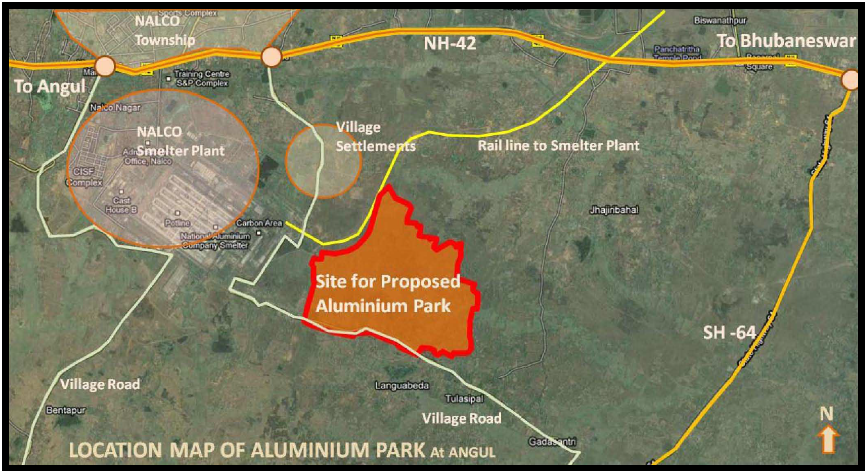With one of its best officers at the helm several hospital and medical college projects are making progress
Angul, Anugul- Talcher - Saranga- Nalconagar, Balangir, Berhampur- Gopalpur- Chhatrapur, Bhubaneswar- Cuttack- Puri, Cuttack, Ganjam, HEALTHCARE and HOSPITALS, Keonjhar, Khordha, Koraput, Koraput- Jeypore- Sunabedha- Damanjodi, Medical, nursing and pharmacy colleges, Odisha govt. action, Rayagada- Therubali, Rourkela- Kansbahal, SAIL, State Bureaucrats (IAS, OAS, etc.), State Ministers, Sundergarh 6 Comments »Update: SAIL RSP has now agreed to consider upgrading IGH (Ispat general Hospital) to a medical college. All that was needed was the CM asking for it. The Odia papers suggest that he already agreed. If this works out then the 4 public sectors MCL, NTPC, NALCO and SAIL will each be making medical colleges at Talcher, Sundergarh, Koraput and Rourkela respectively.
If the IGH upgradation happens it will be the second medical college in Rourkela. (Note that HiTech medical college is now operational in Rourkela and has taken the first batch of MBBS students.) When the NTPC medical college is made in Sundergarh, the medical college count in that district will then go to 3.
Next Odisha government must push the other companies that heavily use Odisha minerals to contribute at the similar level. The TATAs who have mining in Odisha for more than 100 years should be told to establish medical colleges in Joda-Barbil and Sukinda-Kalinganagar and do much more.
Following are some of the projects that are in progress as collected from various media reports.
- NALCO has agreed to build a medical college at Koraput. A few days back (I think sometime in June 2012) the state government decided to ask NALCO for this and this was in the media around July 3rd. The NALCO officials met the concerned government officials on July 5th and NALCO immediately agreed to this proposal. In the past the public sectors MCL and NTPC had agreed to establish medical colleges in Talcher and Sundergarh respectively. Odisha now must push SAIL for a medical college in Rourkela.
- As per this Times of India report: "New Delhi-based OSL Group’s Centre for Joint Disorders will established a 150-seat medical college, 750-bed super-speciality hospital, a dental college and a nursing college in Bhubaneswar. The group has promised to start work within two months…"
- As per this Times of India report: "The upcoming Sardar Rajas medical college and hospital at Jaring in Kalahandi district, being established by Selvam Education and Charitable Trust of Tamil Nadu, will start admitting students from the next academic year …"
- As per this Times of India report: "The sDFID of UK has been preparing a report to facilitate a medical college in Balangir. "
- As per this Times of India report: "land transfer work for the proposed medical college by Sahyog Foundation in Keonjhar will be fast-tracked"
- As per this Times of India report: "the government would soon examine the proposals of Basantidevi Charitable Trust and Bidyabharti Charitable Trust as well to open a medical college in Rayagada."
- As per this Times of India report: "The government has also agreed in principle to a proposal from Shankar Netralaya of Chennai to start a 200-bed eye hospital in Berhampur."
- As per this Times of India report: "The government on Tuesday asked Bangalore-based Narayana Hrudayalaya, which has taken land from the state government to establish a super-speciality hospital in Bhubaneswar, or start work or return the land. The group assured to start work by September.
- As per this article in Business Standard: " Odisha government today asked the Centre to set up a National Institute of Mental Health and Neuro-Science (NIMHANS) besides expediting establishment of a para-medical training institute in the state."
- As per this article in Telegraph: "The Acharya Harihar Cancer Institute at Cuttack will be upgraded and seats along with number of employees will be enhanced, said Union Health Secretary Prasanna Kumar Pradhan while attending a review meeting here on Sunday. It will be an apex institute in the country, Pradhan added. In the review meeting, Pradhan said Rs 200 crore would be sanctioned during the 12th Five-Year Plan to upgrade this premier cancer treatment institute of the State. Now the institute has 320 beds which will be increased to 600, he added."
- As per this article in Times of India: "the minister also asked the Union health secretary to expedite process for establishment of the proposed Regional Institute of Paramedical Sciences (RIPS). The state government has already given around 25 acre land for the paramedical institute near the AIIMS."
- As per this article in Times of India: "The state government sought financial assistance for infrastructure development of the three medical colleges to increase the MBBS seat strength from the current 150 to 250 each."
- As per this article in Times of India: "The government also submitted a proposal to create super-speciality disciplines in VSS Medical College and Hospital, Burla and MKCG Medical College and Hospital, Berhampur. The government has sought central assistance of Rs 150 crore each for superspeciality faculty in the two hospitals."
- As per this article in Times of India: "Acharya requested the Union health secretary to upgrade the geriatric ward of SCB Medical College and Hospital into a Regional Geriatric centre. Designating a regional centre will attract better central funding, Acharya said. "
- Good News: Hi-Tech medical college in Rourkela has got approval to admit 100 students fro this academic year. This will be the 4th private medical college (and the first outside of Bhubaneswar) in operation in Odisha.
- Bad News: KIMS Bhubaneswar has been debarred to admit students for two year.
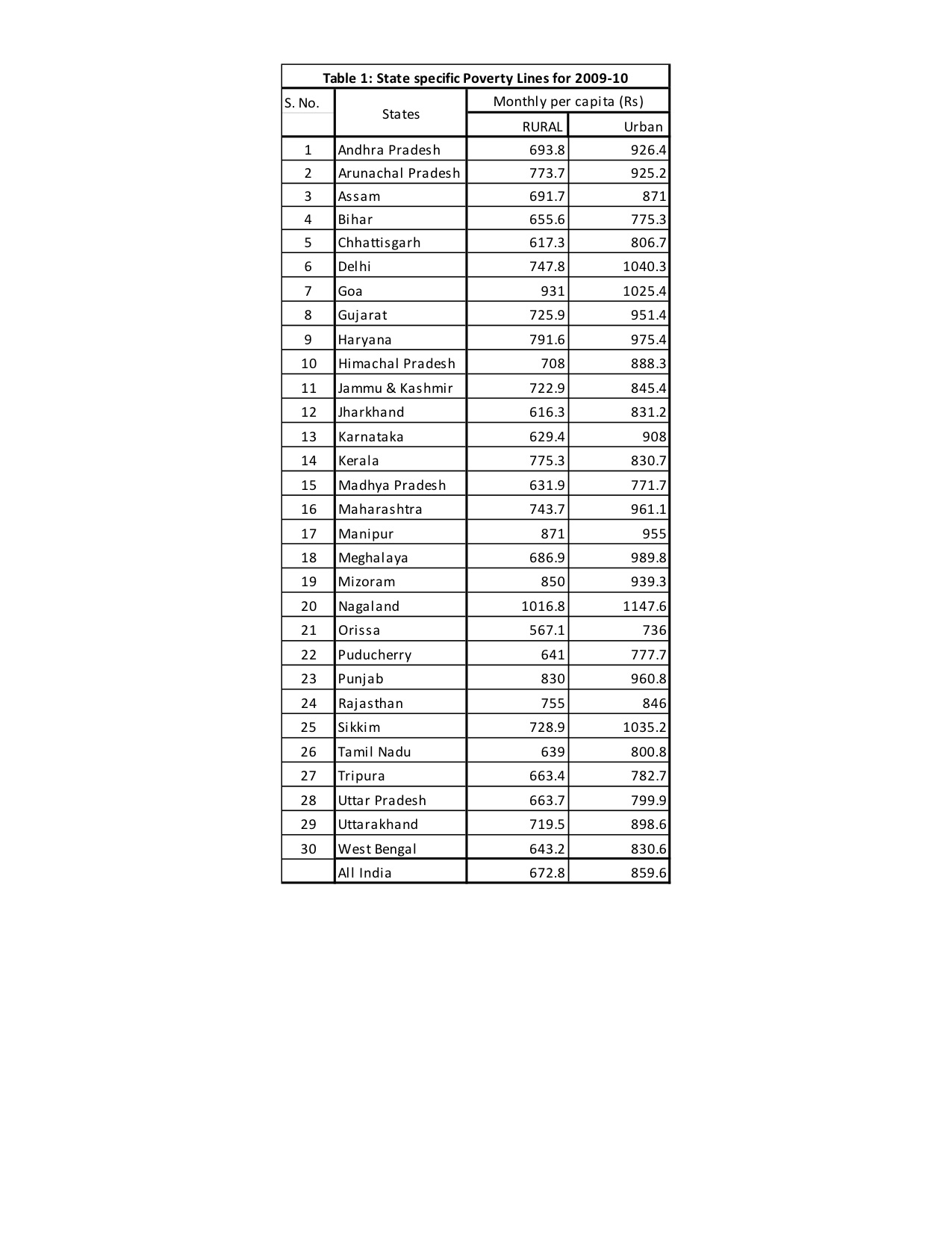
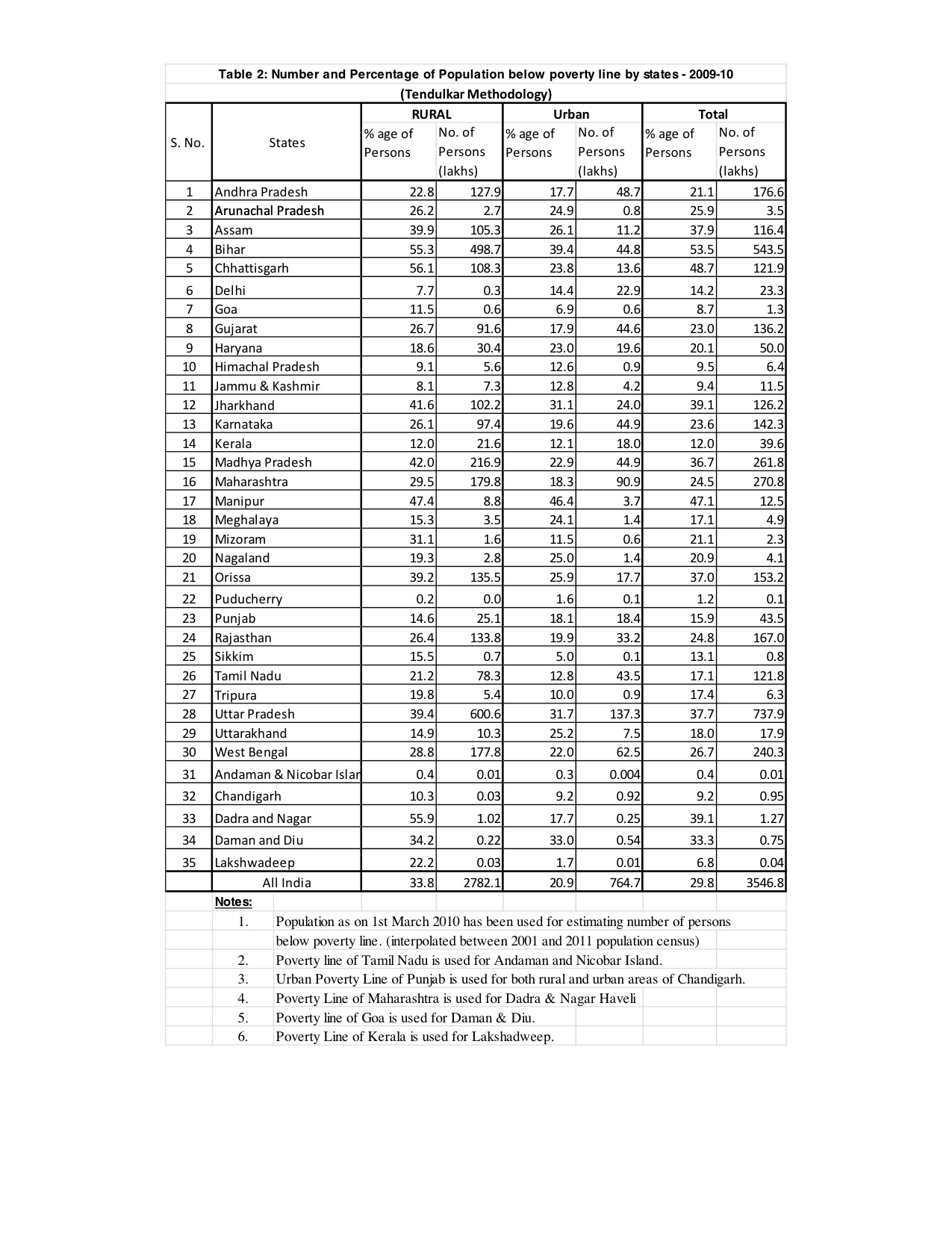
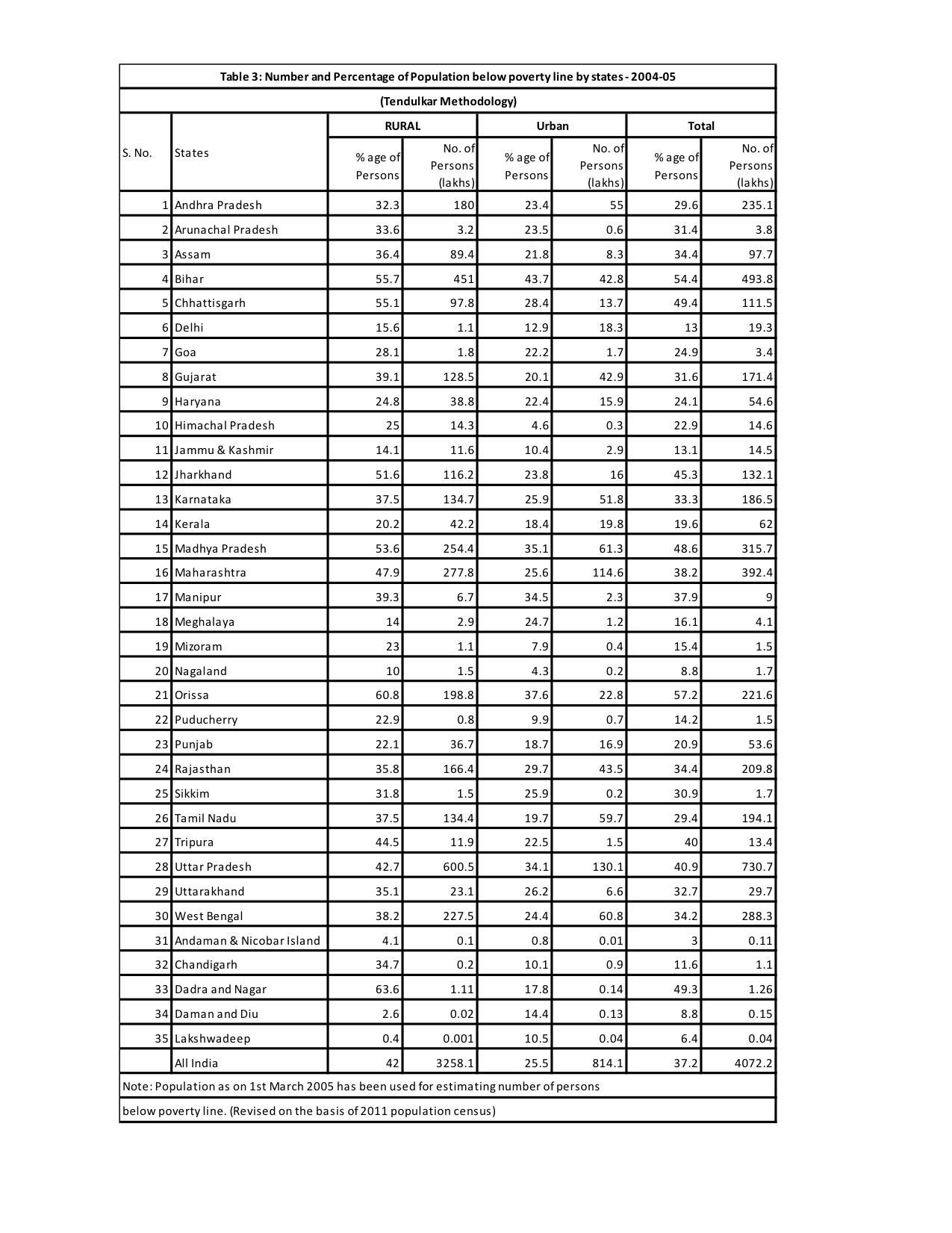
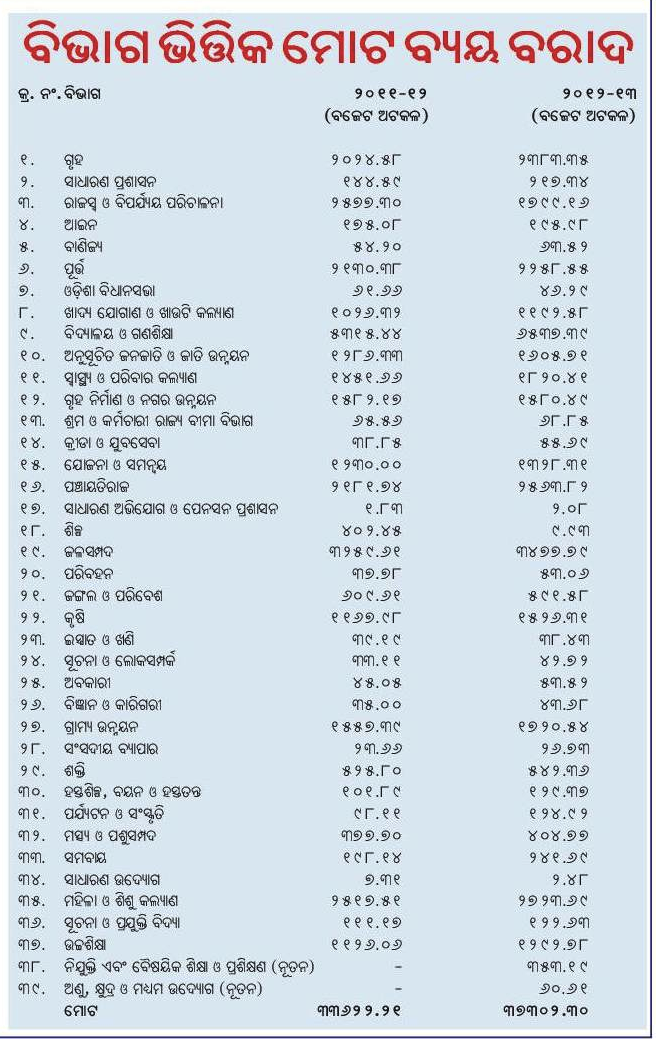
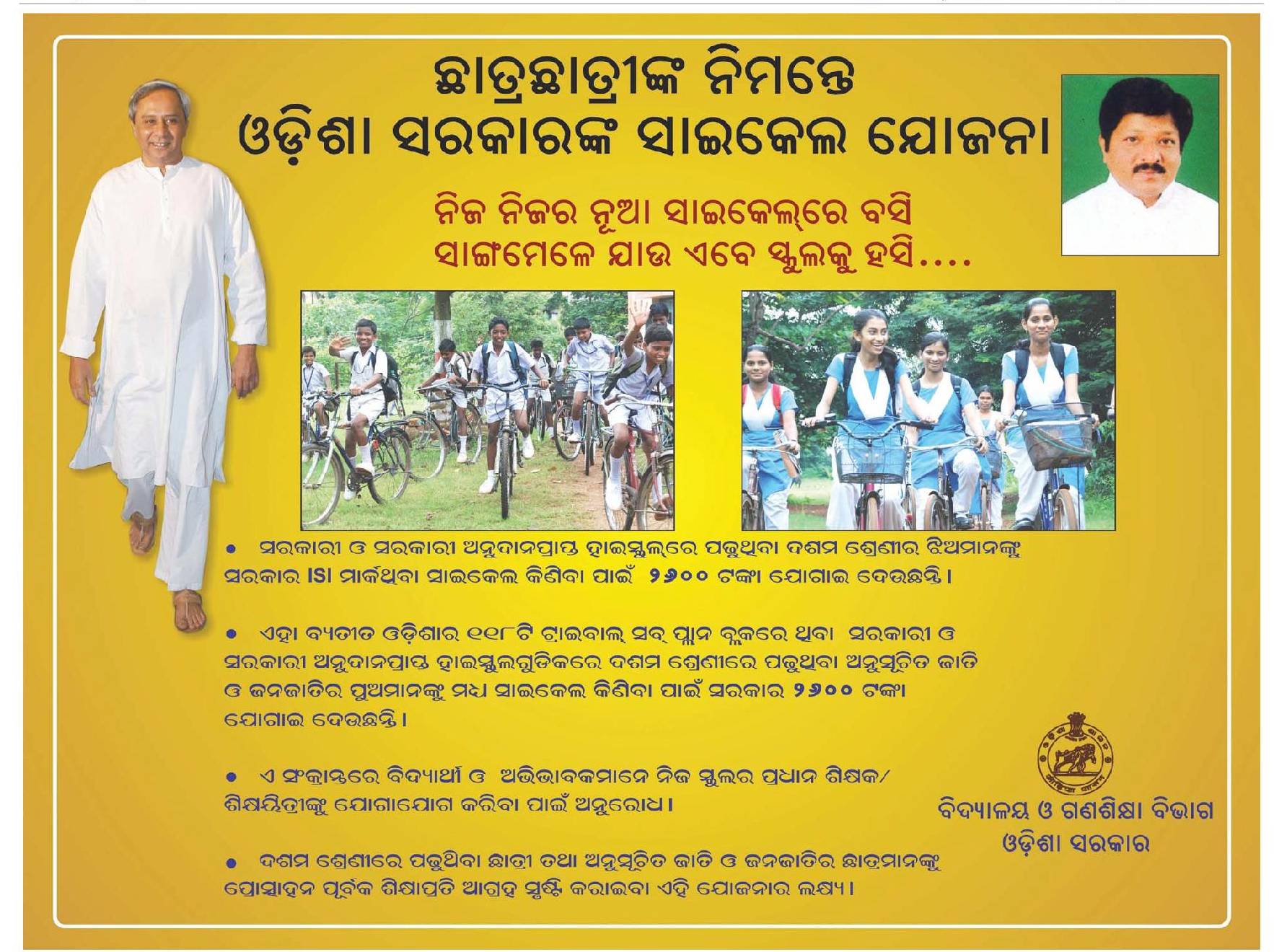
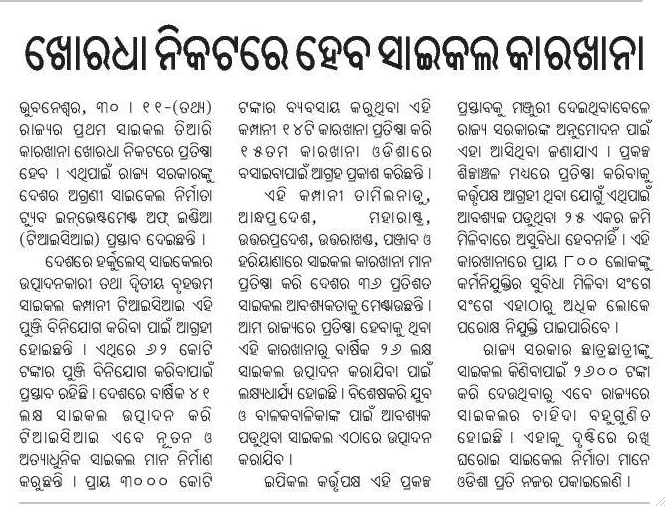
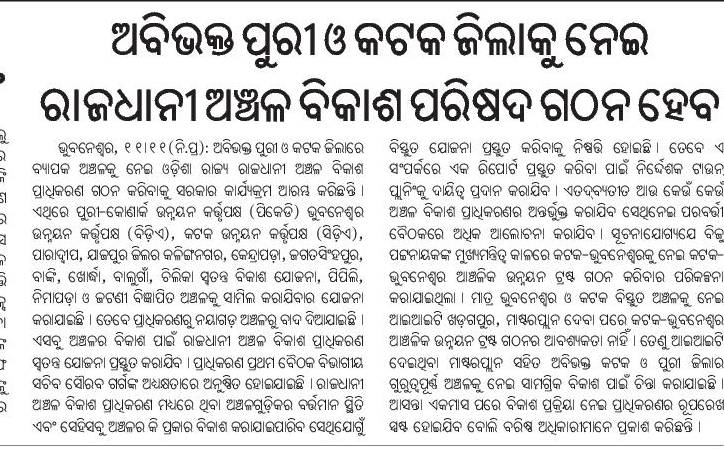
(1).jpg)
.jpg)
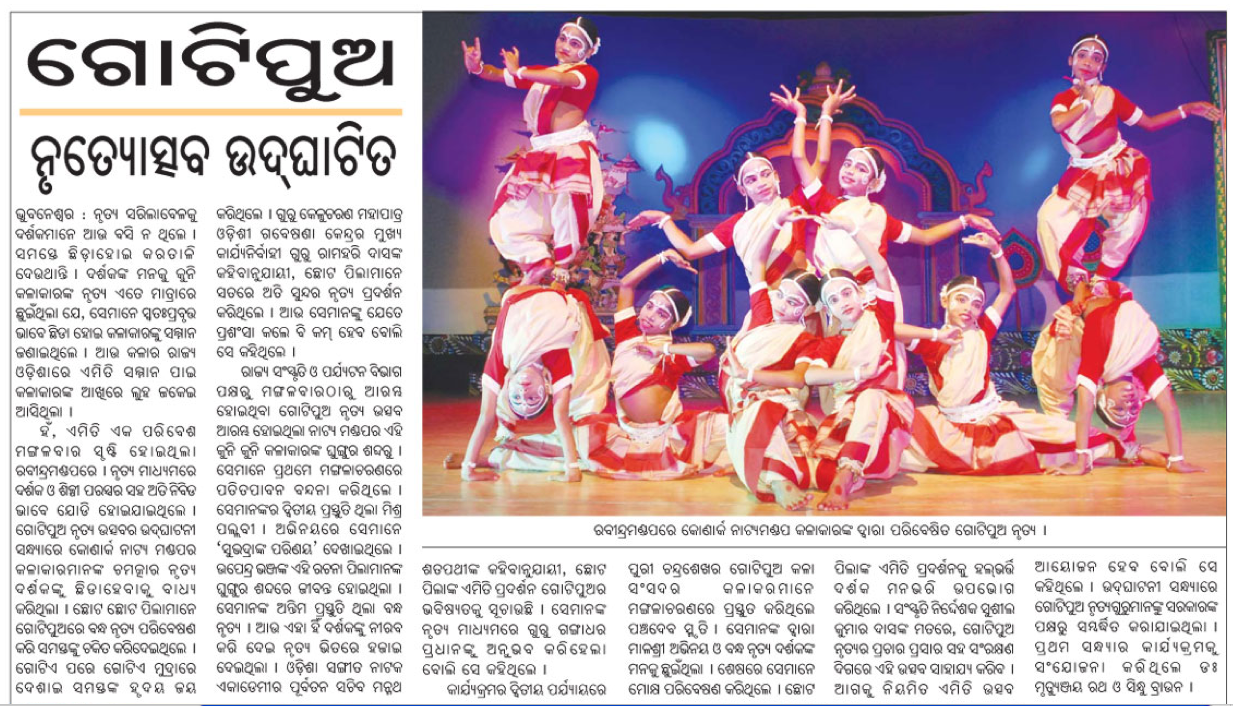

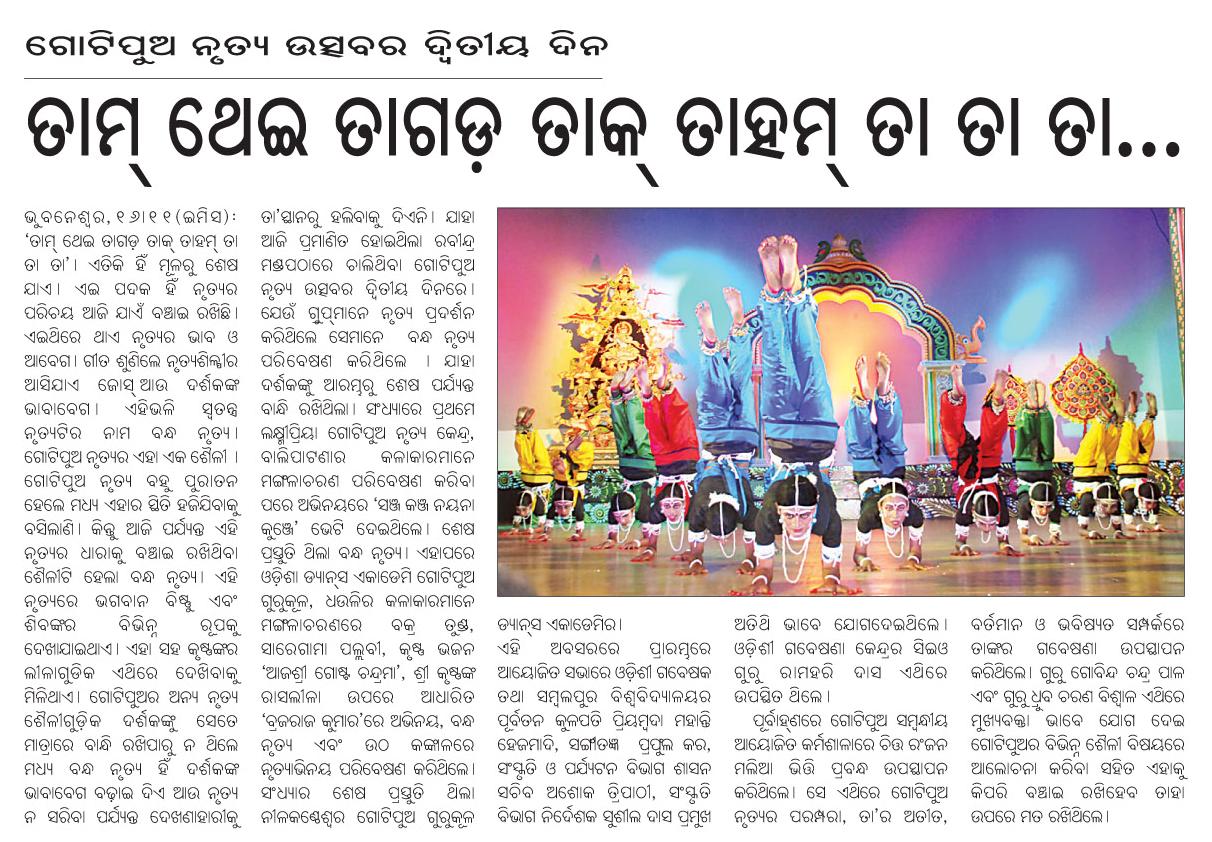
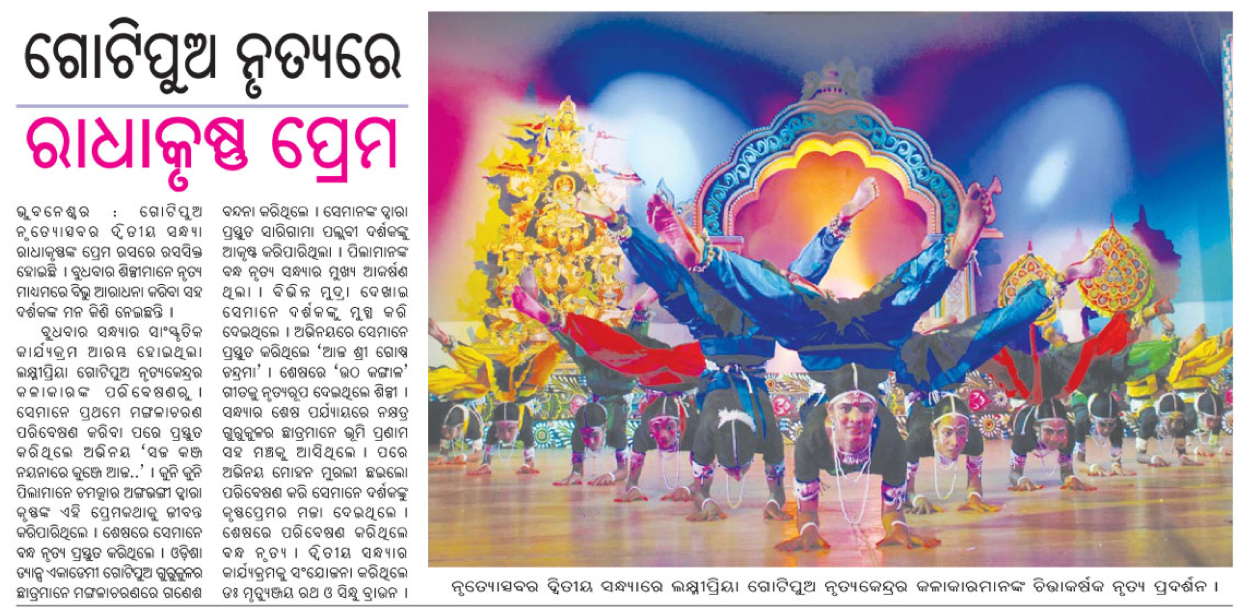
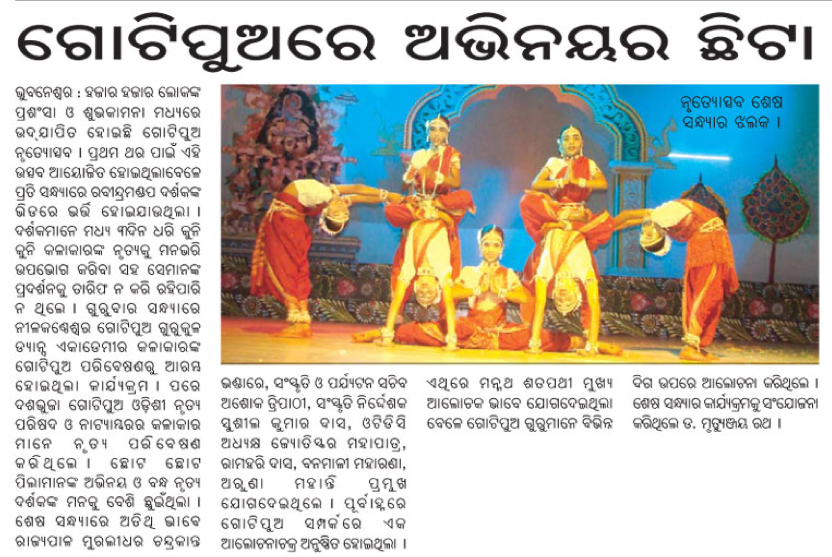
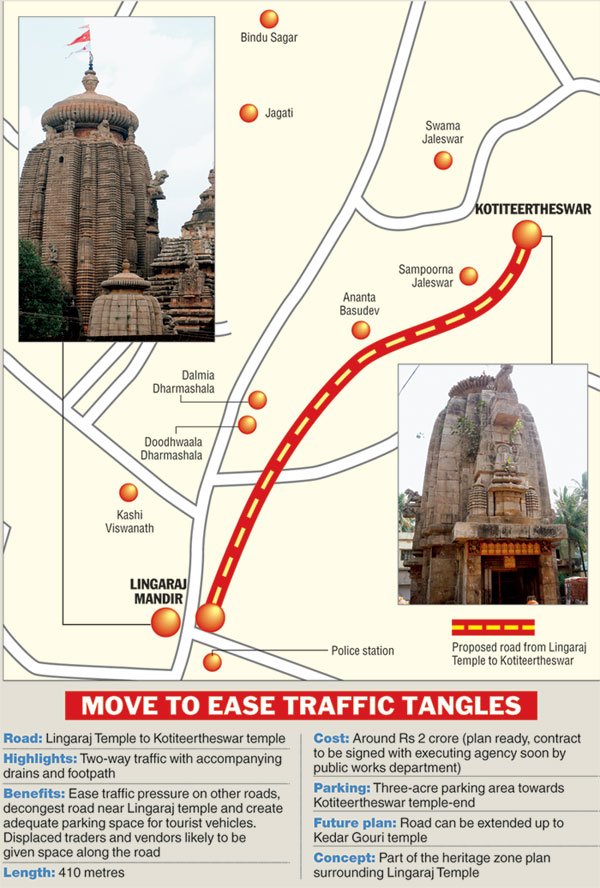
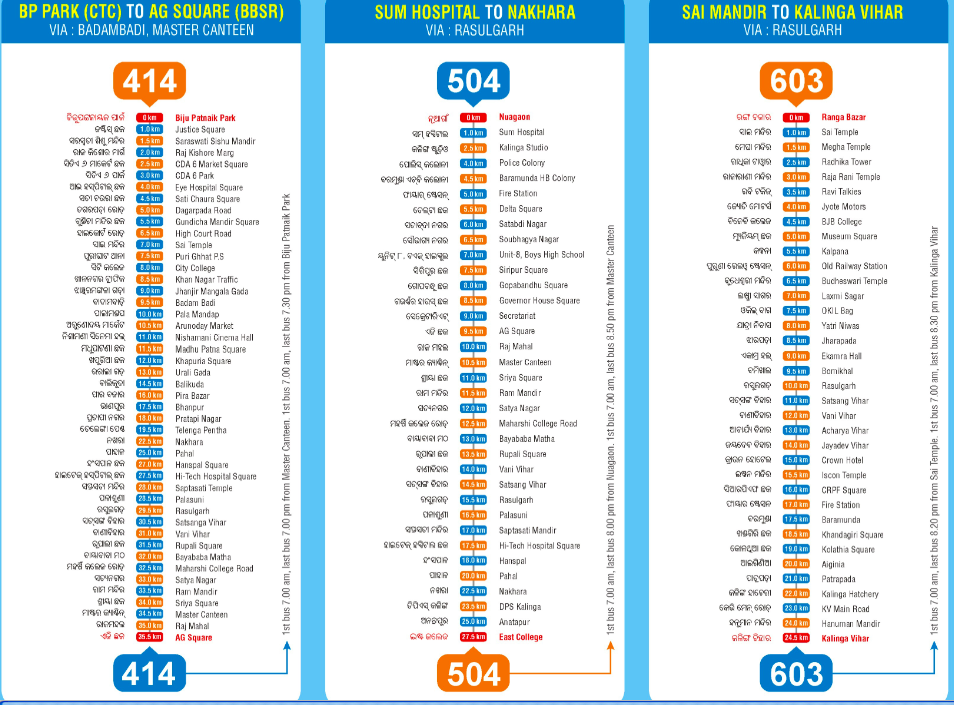
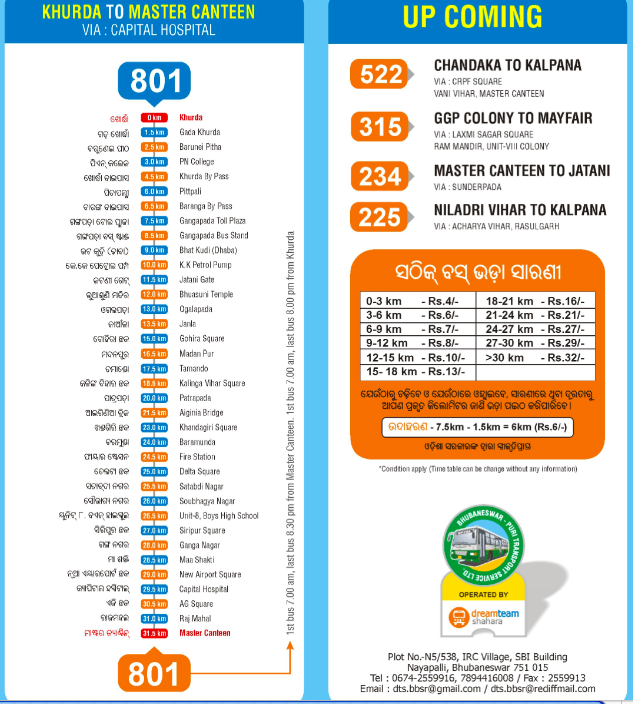
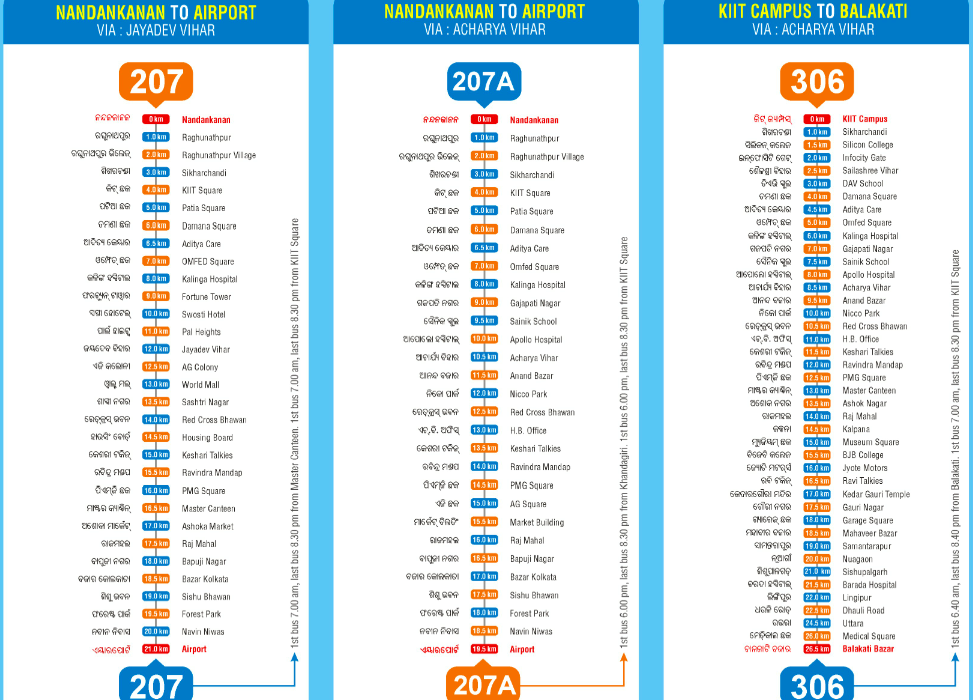
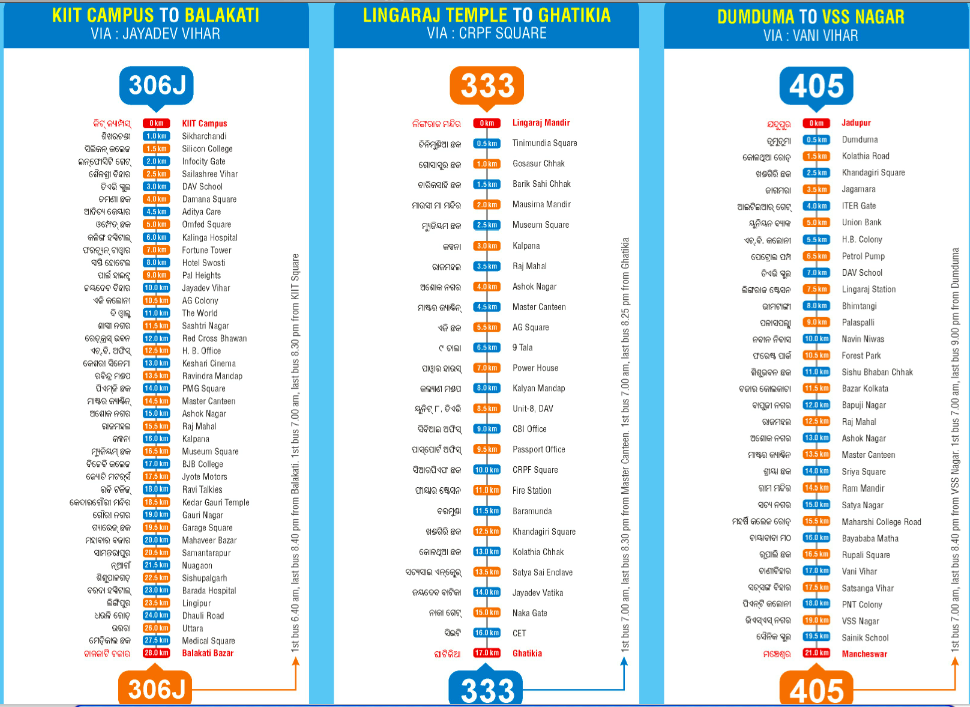

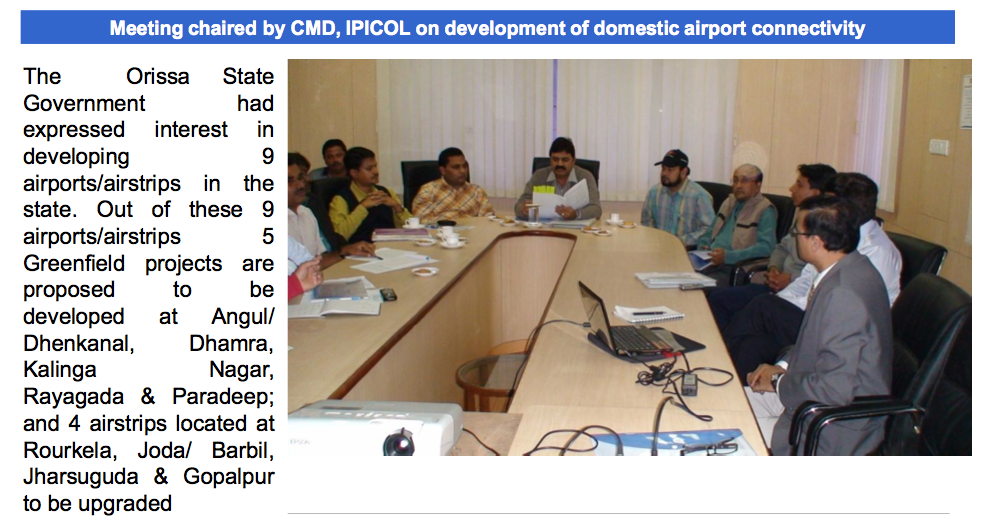
.jpg)
